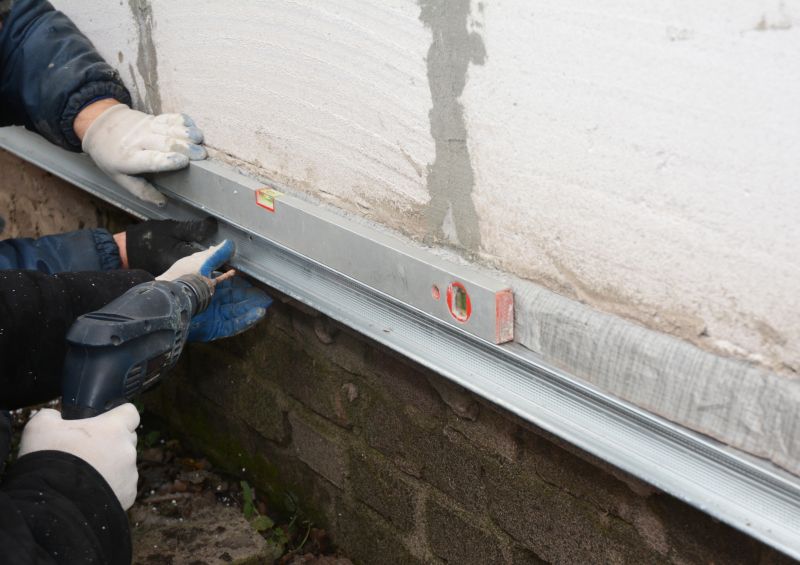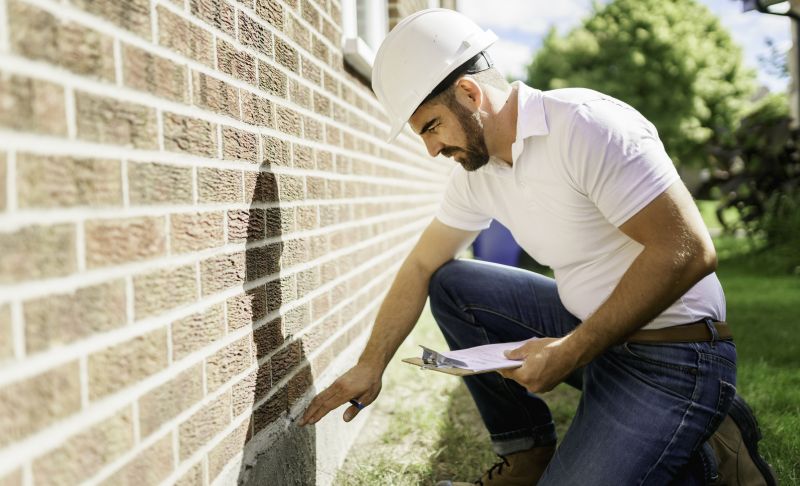Advanced Foundation Repair Techniques for Durability
Foundation repair is a critical aspect of maintaining the structural integrity of a building. According to industry statistics, approximately 15% of homes in the United States experience some form of foundation issues during their lifespan. Common causes include soil movement, moisture fluctuations, and poor construction practices. Addressing foundation problems early can prevent more extensive and costly damage later. Proper repair techniques restore stability and help preserve the value of the property. Understanding the available repair options can aid homeowners in making informed decisions about maintaining their foundation health. Regular inspections and timely interventions are essential components of effective foundation management.
Identifying early signs such as cracks, uneven floors, or sticking doors can help address problems before they worsen.
Methods like underpinning, piering, and slabjacking are commonly used to stabilize and repair foundations.
Selecting an appropriate repair method depends on the type of foundation and the extent of damage.

Cracks in the foundation are sealed and reinforced to prevent further damage.

Supports are installed to reinforce and stabilize the foundation structure.

Soil beneath the slab is lifted and leveled to restore stability.

Deep supports are added to strengthen the foundation and prevent settling.

Proper drainage helps control soil moisture levels around the foundation.

Piers are driven into stable soil to lift and support the foundation.
| Foundation Repair Service Type | Description |
|---|---|
| Underpinning | Deep supports installed beneath the foundation to increase stability and prevent settling. |
| Piering | Supports inserted into the ground to lift and stabilize a sinking foundation. |
| Slabjacking | Raising sunken concrete slabs by injecting a grout mixture beneath them. |
| Wall Reinforcement | Adding steel or carbon fiber strips to reinforce bowing or cracked foundation walls. |
| Drainage Correction | Implementing drainage solutions to reduce soil moisture fluctuations that cause shifting. |
| Crack Repair | Sealing and reinforcing cracks to prevent water intrusion and further damage. |
| Soil Stabilization | Treating soil around the foundation to reduce movement and improve support. |

Specialized tools and machinery are used to perform precise and effective repairs.

Additional supports and materials strengthen the existing foundation structure.

Final assessments ensure that repairs are properly completed and stable.
Foundation repair offers numerous benefits, including improved structural stability, increased property value, and enhanced safety. Addressing foundation issues can prevent further damage to walls, floors, and other structural elements, reducing long-term repair costs. Properly repaired foundations also help maintain the integrity of the building and prevent issues such as water intrusion and mold growth. Investing in foundation repair can extend the lifespan of a property and provide peace of mind for homeowners and occupants alike.
Hiring a professional for foundation repair ensures that the work is performed using industry-standard techniques and quality materials. Experienced specialists can accurately diagnose the underlying issues and recommend the most effective solutions. Professional repair teams have the necessary equipment and expertise to handle complex problems safely and efficiently. Properly executed foundation repair minimizes the risk of recurring issues and ensures long-term stability, making it a worthwhile investment for property preservation.



